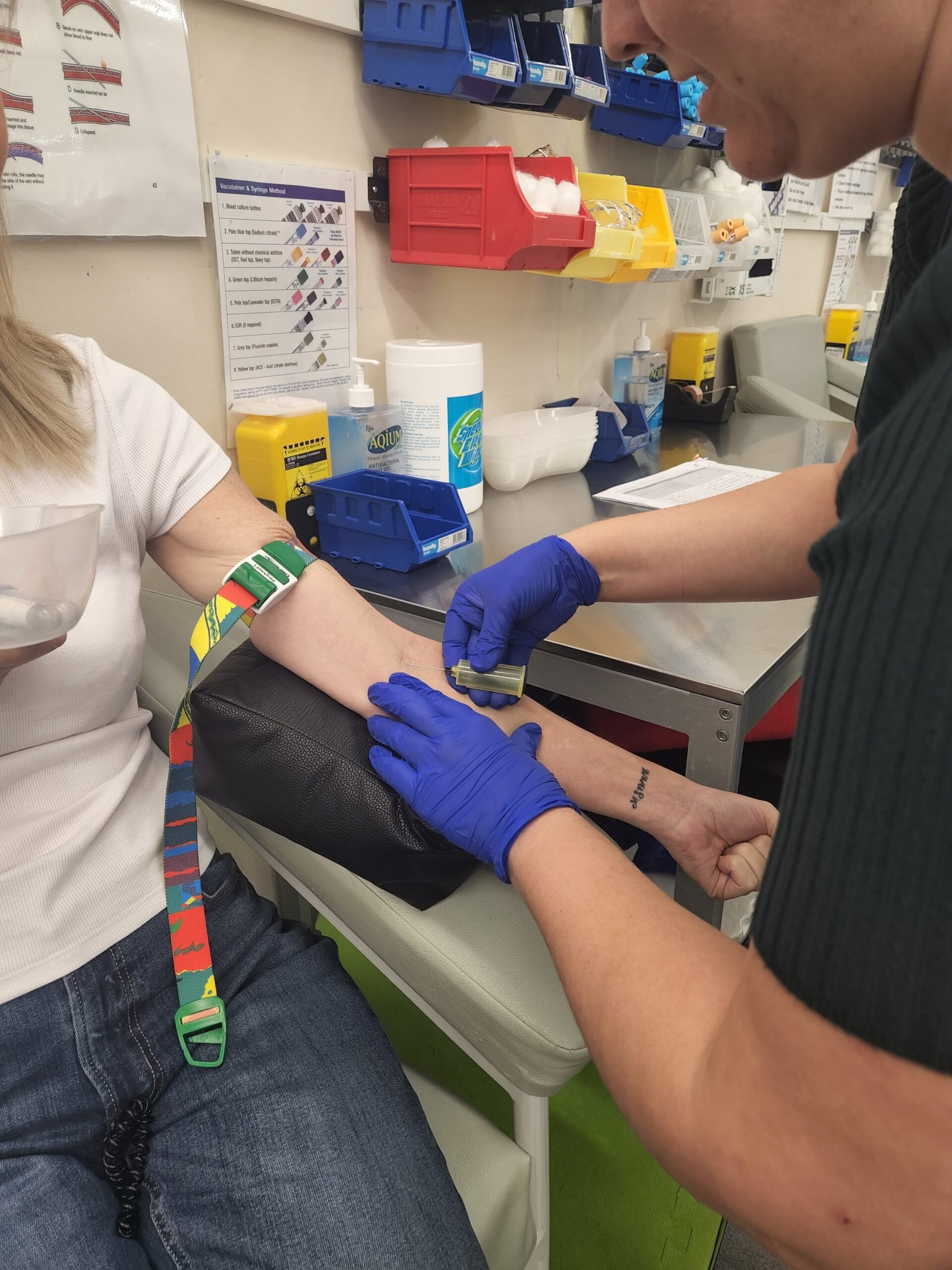Having blood drawn is a common medical procedure that is often necessary for various reasons, such as routine testing, monitoring health conditions, or donating blood. While the process itself is usually quick and relatively painless, some individuals may experience bruising at the site where the needle was inserted. This bruising can be alarming for some people, but it is typically a normal and temporary side effect of having blood drawn.
Understanding why bruising occurs after a blood draw can help alleviate any concerns or worries. When a needle is inserted into a vein to draw blood, it can cause damage to the blood vessel or surrounding tissues. This damage can lead to blood leaking out of the vein and pooling under the skin, resulting in a bruise. The size and severity of the bruise can vary depending on factors such as the size of the needle, the location of the vein, and individual differences in skin sensitivity.
Bruising After Blood Draw
After having blood drawn, it is not uncommon to notice some bruising at the puncture site. This bruising may appear as a small, discolored area on the skin that is tender to the touch. In most cases, the bruise will gradually fade over time as the body reabsorbs the leaked blood and the damaged tissues heal. Applying a cold compress to the bruised area can help reduce swelling and discomfort.
If you are prone to bruising easily, there are some steps you can take to minimize bruising after a blood draw. Staying hydrated before and after the procedure can help keep your veins plump and hydrated, making them less likely to become damaged during the blood draw. Additionally, avoiding strenuous physical activity or heavy lifting in the hours following a blood draw can help prevent further trauma to the bruised area.
In rare cases, excessive bruising after a blood draw may be a sign of a more serious underlying issue, such as a bleeding disorder or a problem with blood clotting. If you experience unusually large or painful bruises, or if bruising occurs frequently after blood draws, it is important to consult with a healthcare provider for further evaluation and testing.
Overall, bruising after a blood draw is a common and usually benign side effect of the procedure. By understanding why bruising occurs and taking steps to minimize it, you can help ensure a smooth and uneventful blood draw experience.
